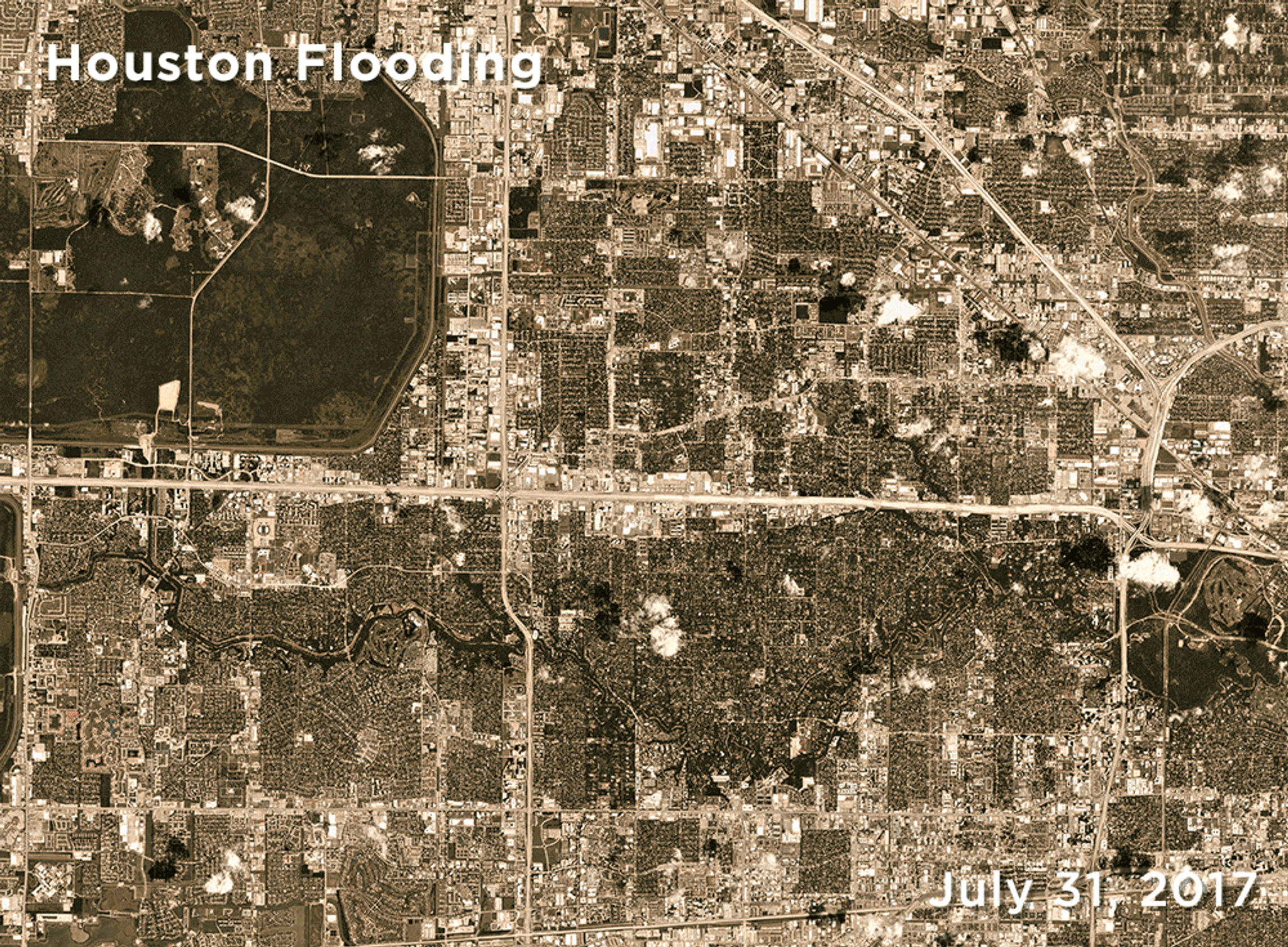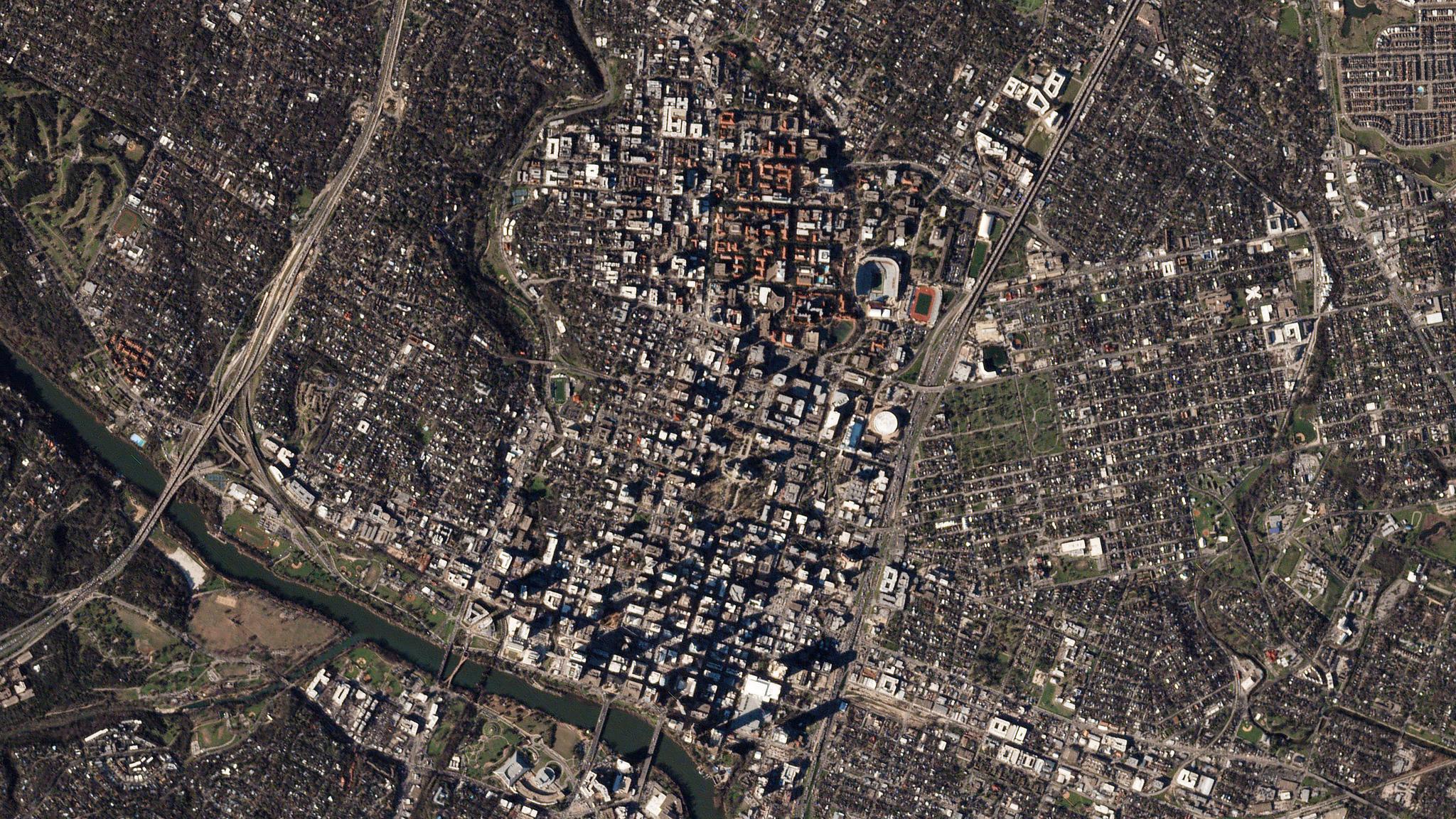Q&A with Amy Truong—Engineering Leader
If you’re attending the Grace Hopper Conference this year, don’t miss two talks from Amy Truong, Planet’s Director of Software Engineering. Our software team has been one of the fastest growing teams at Planet this year; and Amy has overseen its transition from startup-sized developer squad to growth-stage engineering organization. At Planet, Amy leads the organization that builds the Planet Platform: the APIs and GUIs that allow customers to explore and analyze satellite imagery.



Ready to Get Started
Connect with a member of our Sales team. We'll help you find the right products and pricing for your needs


